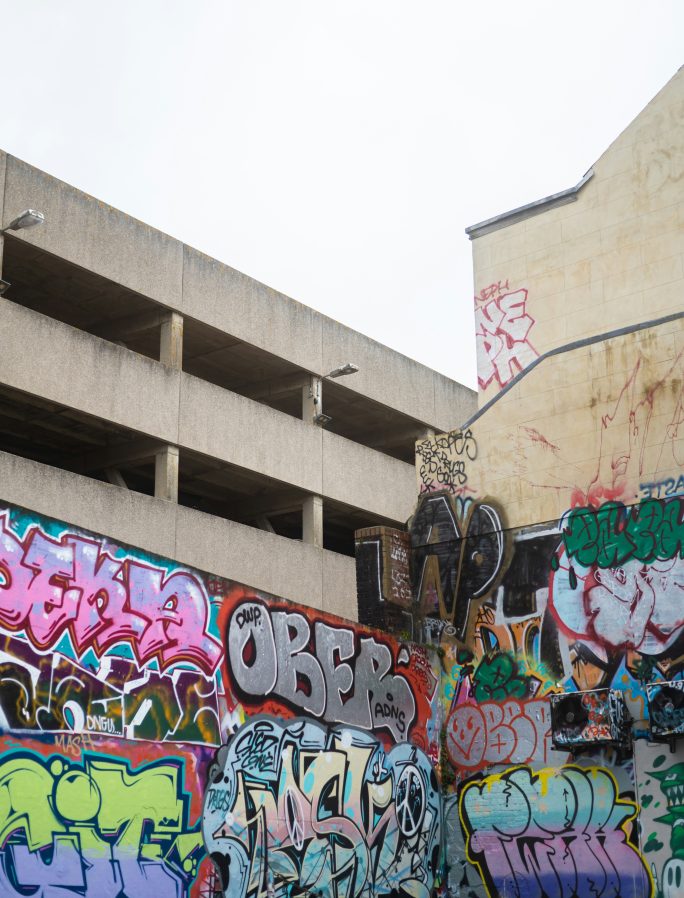A journey towards a Trauma-Informed London



This roadmap tells us where we are now, provides a clear definition of what we are aiming to do, and sets out how to drive change forward.
Current context
Where London is now
The London's Violence Reduction Unit's Strategic Needs Assessment, published in 2025, estimated that violence affecting children and young people in London cost a total of £1.2 billion per year. Beyond the numbers, the impact on families and communities is devastating, with an immeasurable long-term emotional and social toll. This social landscape means communities have experienced long-standing systemic and intergenerational trauma, which necessitates trauma-informed, public health orientated responses.
In London, there are signs that trauma-informed practice is already making a real difference, with services across sectors working in relational and restorative ways that strengthen outcomes for young people, families and communities. At the same time, approaches often develop in silos, making it difficult to build shared learning or measure impact consistently.
By connecting promising practice and embedding a common framework, London can create a more coordinated and sustainable model of trauma-informed practice

Our direction forward
What is
trauma-informed practice?
This project has developed a guiding definition and vision. The definition provides a unifying understanding of what trauma-informed practice means for London and Londoners.
Definition
An approach designed to recognise, understand, and respond to the profound impact of trauma on individuals, communities and systems.
It aims to embed this awareness across relationships, policies and services, fostering supportive and safe environments that actively prevent re-traumatisation.
This shared definition underpins a collective vision for London, recognising the importance of collaboration, empowerment, and shared ownership
A connected London, where choice and agency are embedded in everyone’s experience. A city that nurtures, strengthens and sustains us. Where we build people up and bring barriers down — together.
Vision Statement

What we need
Drivers of change
Four drivers of change have been established to help to embed trauma-informed practice across services, communities, and London as a whole. They are grounded in our research and help services to achieve meaningful change.
How these drivers support change
for London

Where next for London
How to implement
These recommendations provide actionable ways to drive change and sustain momentum in their work to support more
trauma-informed practice in London.
These actions show that change needs to happen at all system levels. Implementers include community members, families, practitioners, healthcare workers, and police officers directly delivering services. Systems leaders are those with influence at community, service, network or system-wide levels.
